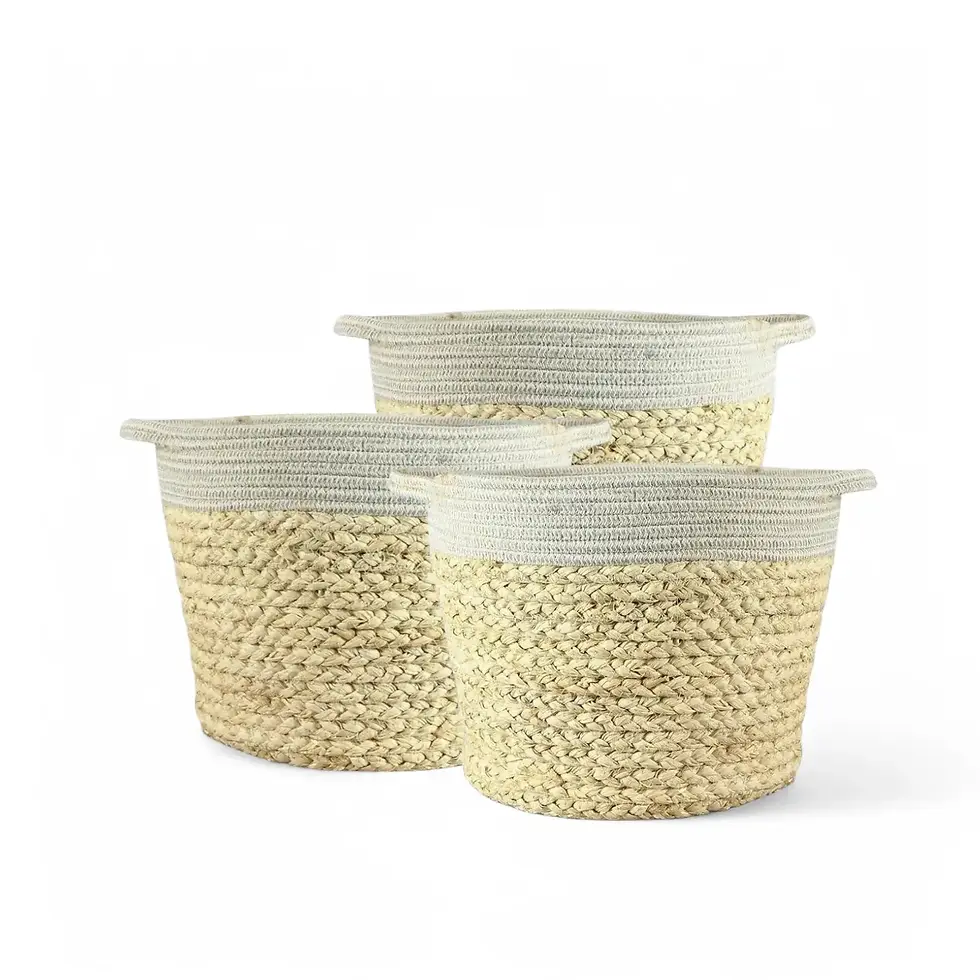Melocactus matanzanus - Care, Growth, and Unique Characteristics
An Eye-Catching Cactus with a Signature Look Melocactus matanzanus, commonly known as Turk’s Cap Cactus or Dwarf Turk’s Cap Cactus, is a standout species known for its woolly, reddish cephalium—a cap-like structure that forms at maturity. Unlike most cacti, once the cephalium develops, this species stops growing vertically and focuses on producing delicate pink to red flowers, followed by small fruits. With its deep green, ribbed body and clusters of short, sharp spines, this compact, slow-growing cactus is perfect for sunny windowsills or rock gardens. Native to Cuba, it thrives in hot, dry, and rocky environments, making it a low-maintenance yet captivating choice for plant enthusiasts.
Why Choose Melocactus matanzanus for Your Collection?
- Distinctive Cephalium: The woolly, bright red cap sets it apart from other cacti.
- Compact Size: Grows up to 20 cm tall, ideal for small spaces.
- Unique Flowering Habit: Flowers emerge exclusively from the cephalium.
- Drought-Tolerant: Thrives with minimal water and care.
- Non-Toxic to Pets: Safe for homes with cats and dogs.
- Longevity: Can live for decades with proper care.
Origin and Natural Habitat of Melocactus matanzanus
This species is native to Cuba, particularly in low-altitude coastal areas (0-100m above sea level). It thrives in hot, dry, and rocky environments, enduring intense sunlight and occasional heavy rain. The cephalium serves as a natural shield, protecting young flowers and fruits from harsh sunlight.
- Climate: Hot and dry, with well-drained soil.
- Growth Habit: Compact and self-contained; does not branch.
- Growth Rate: Slow, taking years to develop a cephalium.
- Toxicity: Non-toxic but handle with care due to sharp spines.
Comprehensive Care Guide for Melocactus matanzanus
→ Optimal Light Requirements
- Needs full sun for at least 6-8 hours daily.
- Place near a south-facing window or use a grow light if indoors.
- Avoid low light, which causes elongation and weak growth.
→ Watering Guidelines to Prevent Root Rot
- Water only when the soil is completely dry.
- Summer: Water every 2-3 weeks.
- Winter: Reduce to once a month or less.
- Avoid overwatering—better to underwater than overwater.
→ Temperature and Humidity Preferences
- Optimal range: 18-30°C; avoid temperatures below 10°C.
- Low to moderate humidity (30%-50%).
- Do not mist; excess moisture leads to rot.
→ Soil and Potting Tips
- Use fast-draining cactus mix with added sand, pumice, or perlite.
- Avoid peat-based substrates; opt for coco coir instead.
- Terracotta pots with drainage holes are ideal to prevent water retention.
→ Fertilizing Tips for Healthy Growth
- Feed monthly in spring and summer with low-nitrogen cactus fertilizer.
- Avoid fertilizing in winter dormancy.
→ Propagation Methods
- Cannot propagate from cuttings; grows only from seeds.
- Germination requires warm temperatures (22-28°C) and high humidity.
→ Pruning and Maintenance
- No pruning required; maintains natural shape.
- Avoid touching or damaging the cephalium—it does not regenerate.
Common Problems and Effective Solutions for Melocactus matanzanus
- Overwatering and Root Rot: Use well-draining soil and water sparingly.
- Insufficient Light: Move to brighter spot or add grow lights.
- Pests (Mealybugs and Spider Mites): Treat with neem oil or insecticidal soap.
- Cold Damage: Keep above 10°C; avoid drafts.
- Fungal Issues: Improve air circulation and avoid overhead watering.
Fascinating Facts About Melocactus matanzanus
- Stops vertical growth once the cephalium forms, focusing on flowers and fruit.
- Cephalium does not regenerate if damaged—handle with care.
- Developed a drought-resistant root system for survival in rocky, nutrient-poor soils.
Etymology and Botanical History
The genus Melocactus derives from the Greek word "melon," meaning apple or gourd, referencing its rounded body. The species name matanzanus is inspired by Matanzas, Cuba, its native region. First described by Francesco León in 1934, this species remains a favorite among cactus collectors.
Frequently Asked Questions About Melocactus matanzanus
- Why isn’t my Melocactus growing taller? Growth stops once the cephalium forms.
- Can I propagate it from cuttings? No, only grows from seeds.
- How to tell when it needs watering? Wait until soil is completely dry to prevent root rot.
Order Melocactus matanzanus Today!
Bring home the unique beauty of Melocactus matanzanus with its iconic cephalium and compact form. Order now to add this distinctive cactus to your collection!
Melocactus matanzanus
Melocactus matanzanus is approximately 20 cm tall and comes in a ⌀ 17 cm pot.

























































